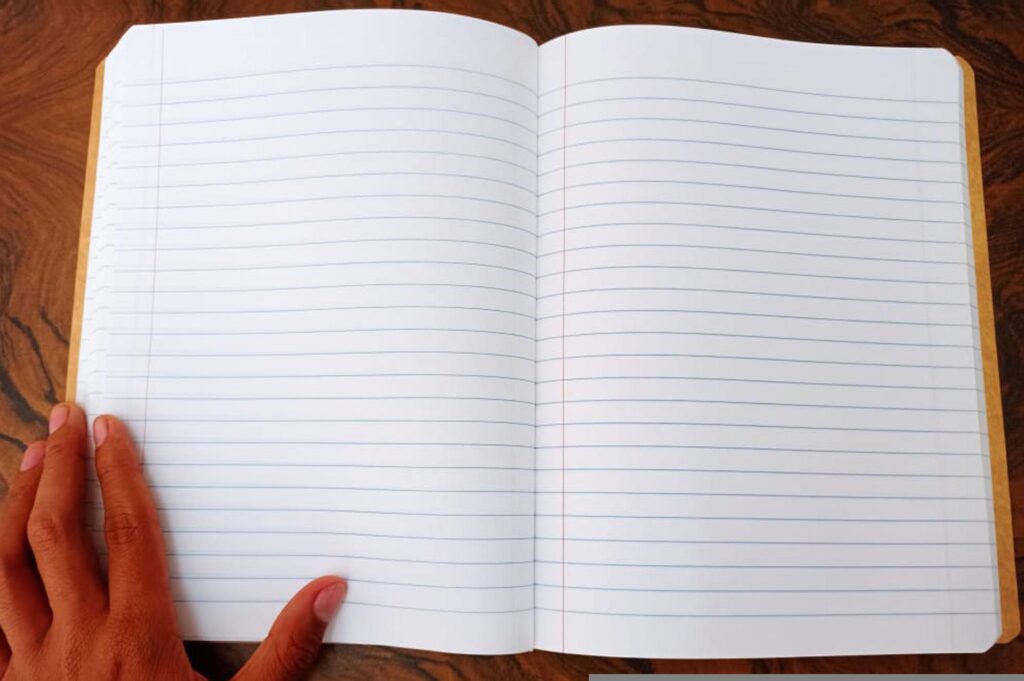
Creative Dublin is not your average class. Technically titled “Advanced Art History: Special Topics” the course description states the following:
“This [course] is a combination of an active engagement with independent aspects of cultural landscape of Dublin including venues, outstanding artistic projects, and Creatives behind it and practical work leading to completing the Creative Dublin Project. We will give you the project brief and then it’s up to you [students] to come up with some of the solutions.”
Okay, so you can understand why it was difficult for me to wrap my head around what we were going to be doing before I got to class the first time. This is a brand new course added to Champlain Abroad Dublin’s catalogue and, though the project sounded exciting to me in concept, I wasn’t totally sure what exactly the course would entail until I got there and had it all put in to context.
To boil down what Creative Dublin really is, on day one we all walked into class and were pitched a project by the professor, Ian Oliver. The project was to design and create a tangible product that could be shared with other study abroad students in Dublin, not just people from Champlain College, which shares awareness of artistic and creative works in the city of Dublin. All with a budget of 1000 euros.
Other than those basic parameters, it was completely up to us as a class to decide what we wanted to do.
Initially, there were some suggested ideas for the project. Ian proposed making a map of all the locations of these Dublin places we wanted to share, or maybe we could start a blog and write or film articles and reviews of all the creative places in the city.
However, one thing that Ian wanted to impress upon us was the target audience: us. Or, more specifically, college aged students studying in Dublin. Was a map or a blog really the best way to get our audience interested?
At this point, on the first day of class, we were all immediately put to work. Step one was to define what it was we wanted to do. We broke off into small groups to create lists of possibilities. No idea was too big or two small. Then we congregated as a class and threw the ideas up on the whiteboard. There was everything from paper brochures to business cards that could be airdropped out of a helicopter.
In the end though, we actually decided to go with a combination of projects. We decided we wanted to make a pocket-sized travel book, as well as a set of coasters that had information on the different places we were going to share in the project.
Our logic was that all of these required similar types of work. For a coaster set, you would presumably need some kind of image of the place, its location in the city, and a small blurb on why it’s interesting. Each coaster in the set would feature a different location. This would widen our outreach in the city to both pubs and cafes, which are places our audience are likely to frequent.
The book, in turn, would feature nearly the same information that’s on both the coasters and sleeves, but in a more traditional form, laid out on a page.
That was day one of classes.
Our homework was to divvy up workloads. There are fifteen weeks in the semester. By that time, if not before, this whole project needs to be completed. If we were going to get everything done on time, we’d need someone to be in charge. Ian said this was our project and therefore the role of project manager would go to a student, not to him.
So we set up a Facebook page and people were asked to volunteer for what work they wanted to do.
Pretty much right off the bat Jade Humphreys, a Digital Filmmaking major, offered to be the project manager. People were volunteering for all the various positions: design, writing, marketing, and finance. Collectively, we also decided that it wouldn’t be for our project manager to preside over every single worker in the class. That’s just an unfair amount of work. So a group leader volunteered themselves from each of the four subgroups listed above.
Those group leaders are: Erin Nilssen, design; (myself) Ben Pitt, writing; Elias Connolly, marketing; and Alex Schlater, finance.
So, we four will represent the four groups of workers, delegating jobs between the book and coasters among the students, and reporting to the project manager with our progress or if any issues arise.
Next up on the docket, we have to actually decide what places we want to include in our project, which is our homework for the upcoming class.
There’s a lot of work to be done, and it’s going to have to get done at breakneck speed, but by the end we are going to have one amazing set of deliverables. I, for one, can’t wait to move forward with this project and see how the project develops and evolves in the coming weeks.
